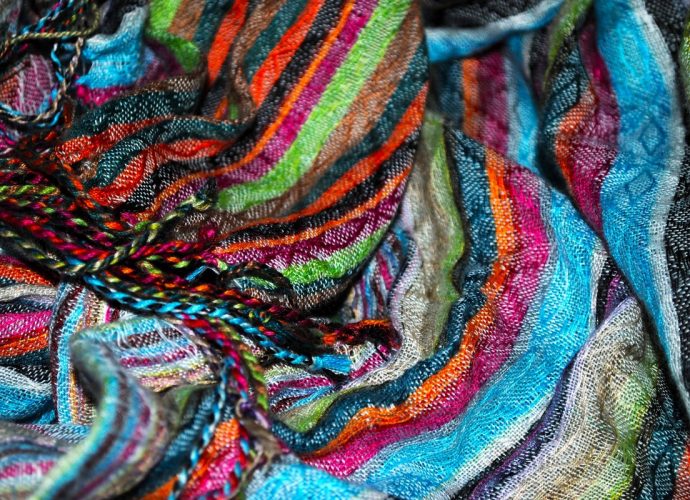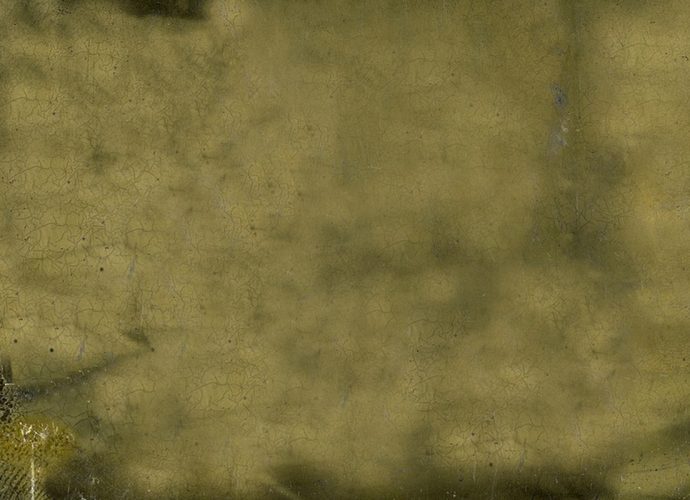What Percentage Of DCIS Will Become Invasive?
It assumes that all breast carcinomas begin as DCIS and take 9 years to go from a single cell to an invasive lesion for the slowest growing lesions, 6 years for intermediate growing DCIS lesions, and 3 years for fast-growing DCIS lesions. Can DCIS turn into invasive cancer? DCIS isRead More →









